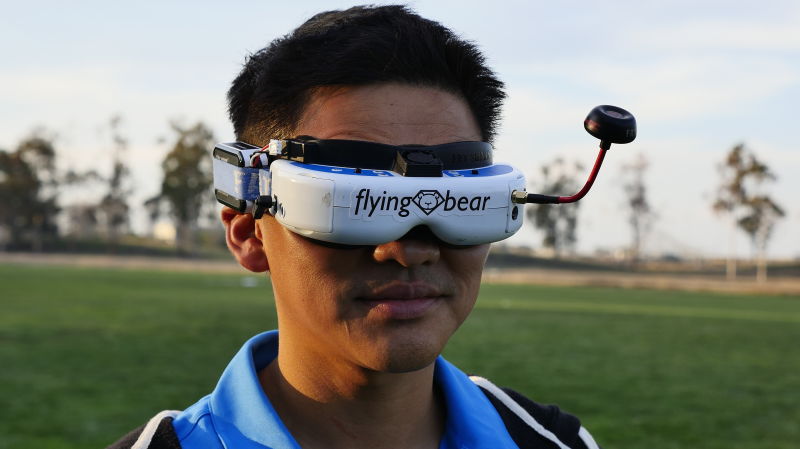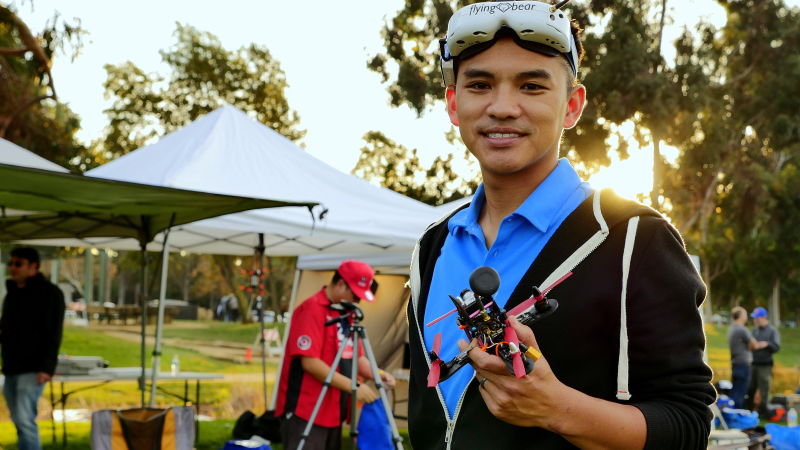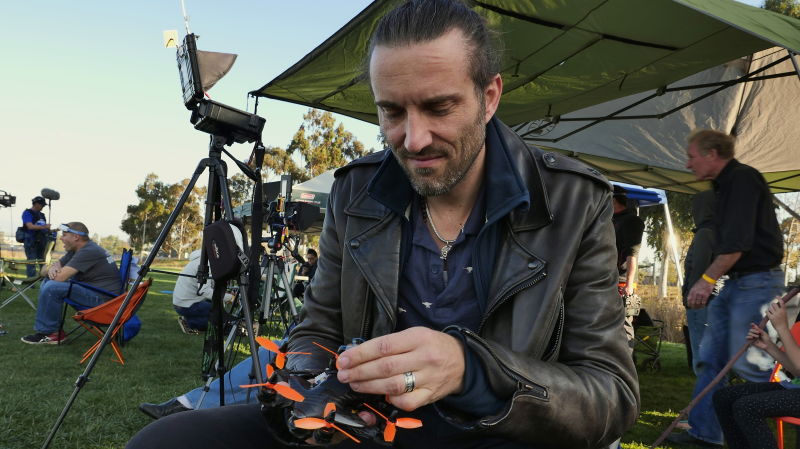Nearly 50 drone racing pilots flocked to a sports field in the heart of Silicon Valley last month to compete in a day of races and drone to drone combat.
The day was organized by Ken Loo, an avid drone racer and the president of the South Bay chapter of the Aerial Sports League. “The Aerial Sports League is a group of hackers, makers and do-it-yourselfers that got together and wanted to promote the sport of drone racing, freestyle and drone combat,” said Loo, who by day works as a product design engineer for a tech company in Silicon Valley.
Loo showed up at Baylands Park in Sunnyvale just before dawn to set up the racing course. Throughout the day, he juggled organizing duties while also finding time to compete in the freestyle event and the qualifying race heats which culminated in the championship race between the top five drone pilots.
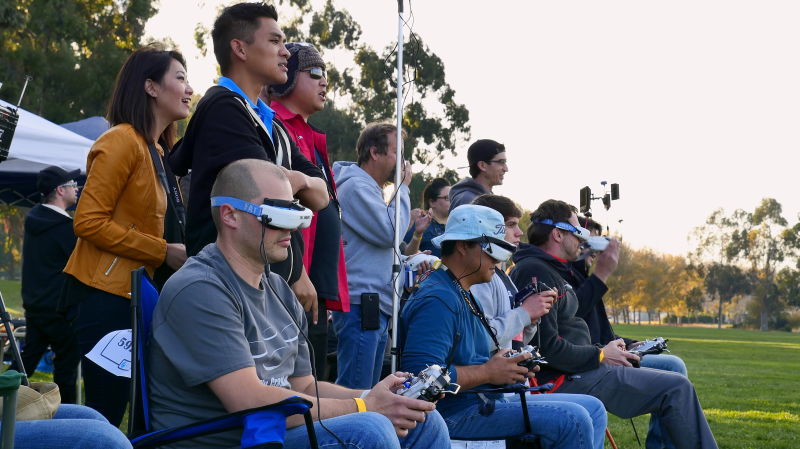
But the drones used for racing are not the ones you’ll find for sale at Best Buy, Fry’s Electronics or Amazon. Racing drones are typically under a pound in weight, including the battery, and are built by hand for speed – not selfies – using parts such as carbon fiber frames, tiny motors, propellers, flight controllers and other components that are purchased online or at hobby shops. In 2014, Loo started racing drones that he built by hand, a process which now takes him three to four hours to make a drone that can rocket through the air at 80 miles per hour.
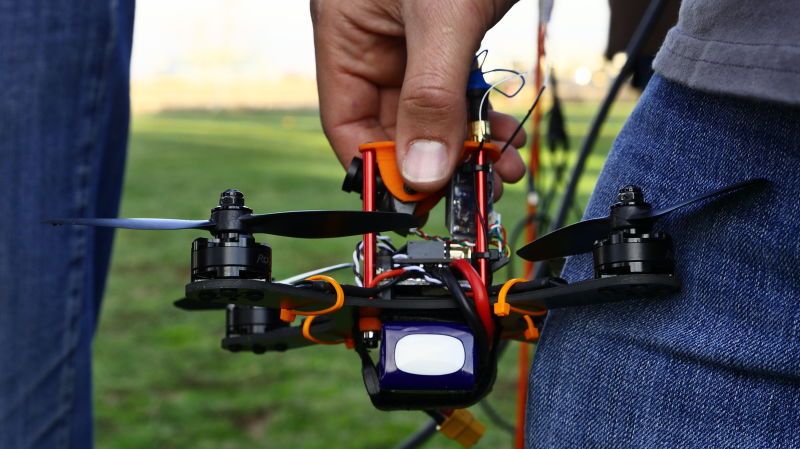
“What I really love about flying drones is the feeling of flying,” Loo said. “I feel like I’m in the cockpit of an aircraft.”
